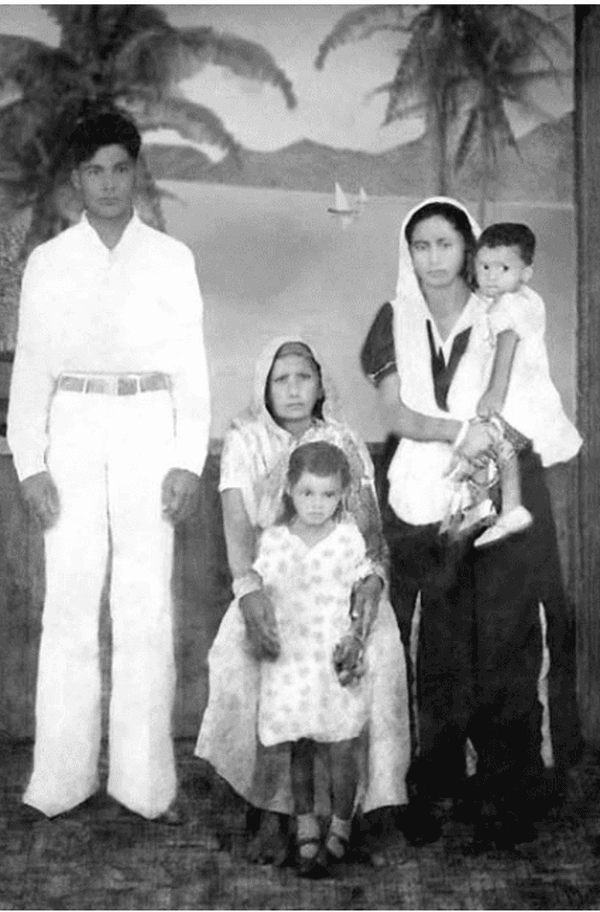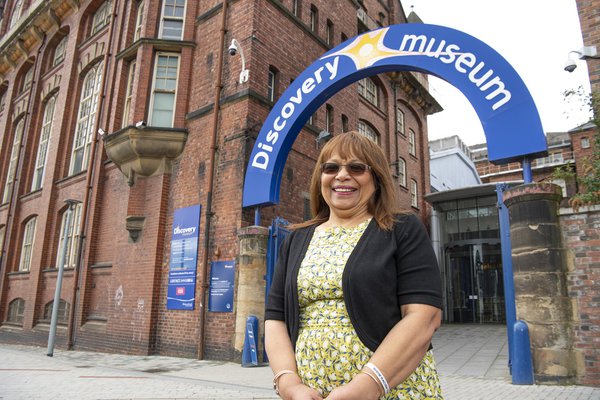North East links to Indentured Indian labour now on permanent display at Discovery Museum
The display is an initiative of the wider Exchange: Community-Led Collections Research project

A new permanent display in the Story of the Tyne gallery at Discovery Museum which explores the North East region’s links to Indian Indentureship is now on display.
The display is an initiative of the Exchange: Community-Led Collections Research project at Tyne & Wear Archives & Museums (TWAM), a steering group of people representing African and Caribbean diaspora communities across the North East to explore the museum collections.
The display shows the half-block model of a ship called the Jumna which was built on the River Wear by shipbuilder William Pile in 1867, and shares one family’s story as Indentured people.
The Jumna was one of several ships which were built in the North East, which transported people from India to the British Colonies, including Trinidad, to work mostly as cheap labour on sugar plantations.
“For me, I’ve gone full circle. My family started off in India, and went to Trinidad to work on sugar plantations. I came to England, and now I’m here, in the North East, where those ships were built"

Trinidadian born North East health professional, equality activist and community leader Patricia Sudaishna Poinen (née Jhagroo), whose ancestors were Indian Indentured labourers, has permitted her family’s story to be shared in the museum.
She said:
“With the support of Shamsu Deen, Trinidad’s premier genealogist, I was able to uncover the details of my family’s journey and experiences.
“For me, I’ve gone full circle. My family started off in India, and went to Trinidad to work on sugar plantations. I came to England, and now I’m here, in the North East, where those ships were built.
“I am proud to share my own family’s story to help communicate a wider understanding of indentureship history and historic colonial practices in the North East and the wider UK.”
Kylea Little, Keeper of History at Discovery Museum said:
“We’re all familiar with the North East being the centre of shipbuilding in the 19th century, but there were other colonial aspects to the trade that are not as widely discussed.
“Previous curators at Discovery Museum researched ships built in this area which were used in the Indentureship system; we know that these transported people from India to Trinidad and other British colonies.
“We’re very grateful to Mrs Poinen for allowing us to share her personal story.”
Mrs Poinen has an extensive 43-year NHS career in the North East; she is also a race equality activist and represents on many community, cultural and faith boards in the North East of England, including the Exchange Steering Group at Tyne & Wear Archives & Museums.
Genealogist, researcher and writer Mr Shamshu Deen appeared with Mrs Poinen via video link from Trinidad and discussed at length the experiences of her family and other people who were indentured.
Indian Indentureship and the significance of Mrs Poinen’s family story were the focus of a public event in 2022 at Discovery Museum, where genealogist, researcher and writer Mr Shamshu Deen appeared with Mrs Poinen via video link from Trinidad and discussed at length the experiences of her family and other people who were indentured.
A film of this event can be viewed on Tyne & Wear Archives & Museums (TWAM)’s You Tube channel here, at the screen below, and the new display is accompanied by a QR code linking to it online.
British Indentureship system lasted from 1834 until the 1920s
Another initiative of the Exchange: Community-Led Collections Research project also went on display throughout the museum in late 2022. The We Are Here: Inspirational Women trail invites visitors to explore 16 inspirational women's stories around the; exceptional women who enrich North East communities in medicine, healthcare, science, education, activism and politics.
Exchange: Community-Led Collections Research project is an Arts and Humanities Research Council (AHRC) funded pilot project by National Museums Scotland and National Maritime Museum, London.
About Indian Indentureship: girmityas,” to labour under bonded contractual agreements in British and European colonies. Following the formal end of enslavement in the British Empire in 1833, the British Indentureship system lasted from 1834 until the 1920s. This led to a global Indian diaspora in Africa, the Pacific, and the Caribbean as well as other countries. This history remains largely untold, the impact on the lives of the Indian Indentured people and the North East's part in that system.


